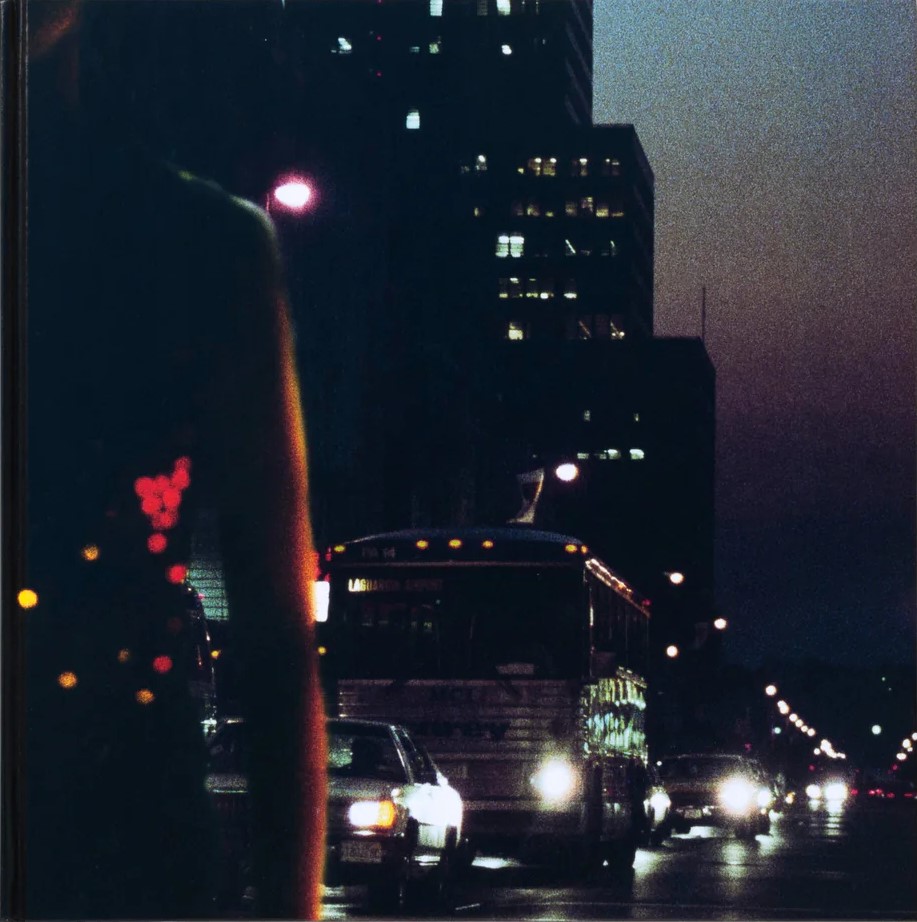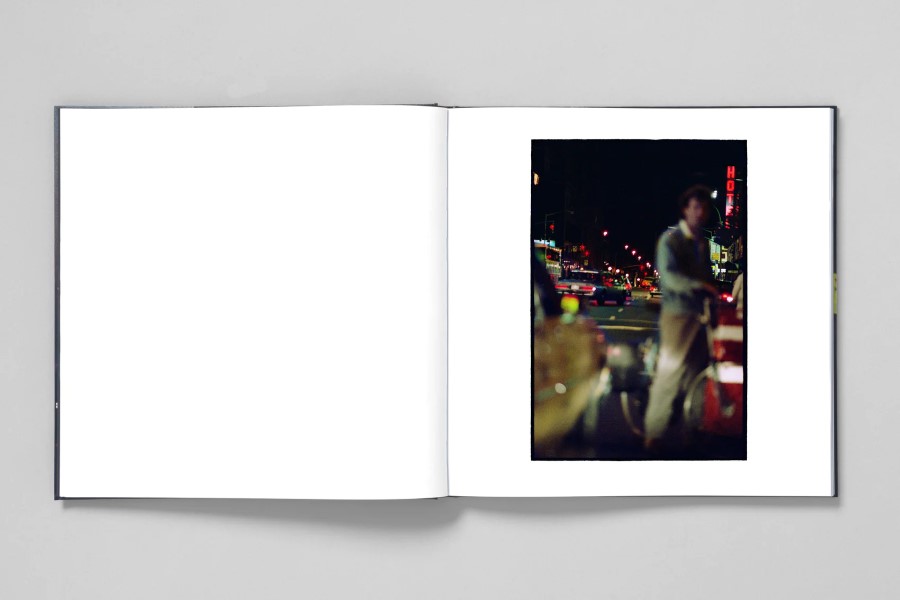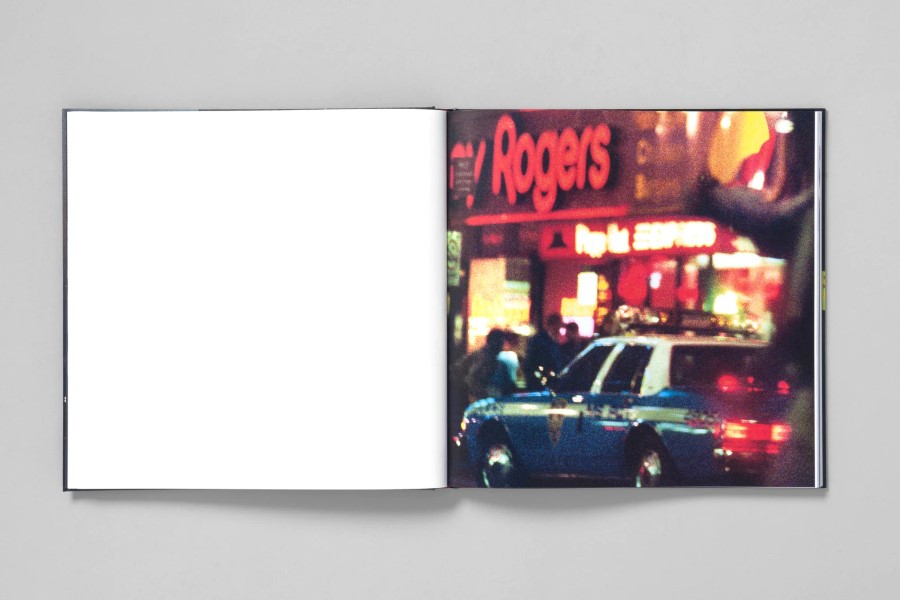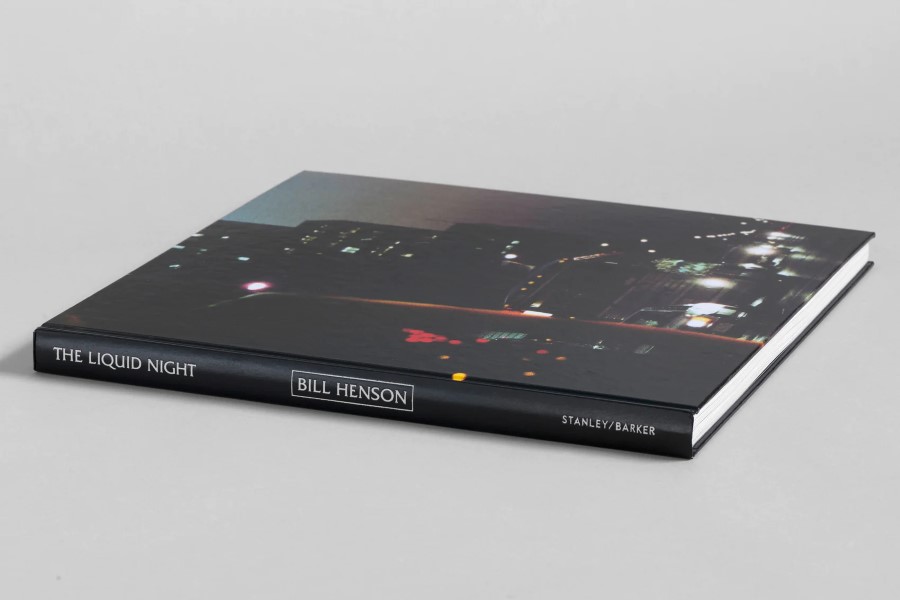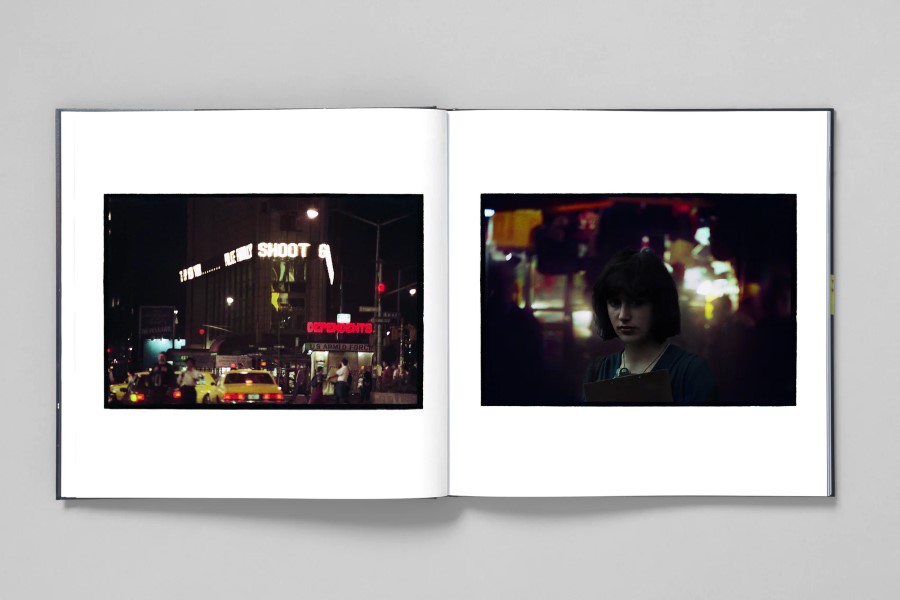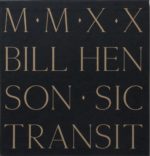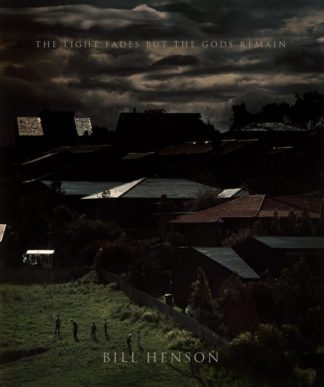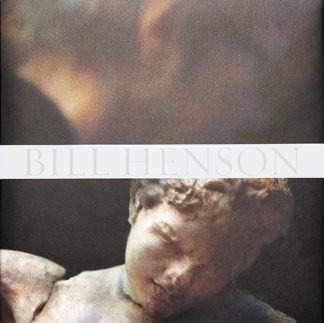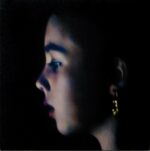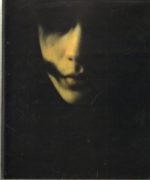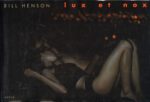« Ils ont été photographiées comme des cadres de 35mm formels et ont servi d’images en quête d’une résolution artistique dont Bill Henson s’est épris et qu’il a maintenant résolu en termes numériques en créant un recueil d’art nouveau qui est une récapitulation d’un monde qui a disparu comme un tout mais Un rêve oublié qui tire sur l’esprit comme un ensemble d’emblèmes animés qui n’existent plus dans la réalité contemporaine.
« Elles revisitent dans la mémoire de l’artiste – et comme d’étranges images dans celle du spectateur –, un monde qui est l’instanciation du temps perdu et qui ne peut être repris que par la fonction restaurée de la mémoire.
« Pensez à une époque hypnotique. Un bar de jazz près de Washington Square. Le gin tonic qu’ils vous apporteraient comme un rituel, le sacrement d’une ancienne religion, et la façon dont ils vous déplaceraient pour que Tony Bennett puisse être plus proche du piano qui l’obsédait. Et puis vous retourneriez à l’Algonquin et à minuit (parce qu’ils ont fermé les portes à ce moment-là), vous devriez être laissé entrer par le groom dont les cheveux sont devenus gris, puis blancs et Matilda le chat qui a enduré éternellement, jusqu’à l’automne d’une époque jusqu’à l’hiver de la sénescence.
« À l’origine, il y avait l’idée d’un travail de collage, mais maintenant, dans The Liquid Night, il y a les pages avec les images qui ont leur propre intelligibilité passée. Parfois, ils sont composés par un principe de grossissement. Mais ce n’est qu’au cours des dernières années que Bill Henson a réalisé comment ils pouvaient être exposés. Il en est venu à aimer le détail, l’iconoclasme de ces images et la façon dont elles convergeaient les unes vers les autres. Au début, rien ne lui est venu à l’esprit. Mais il est devenu progressivement clair qu’il devait montrer les négatifs pour l’empreinte de la vie qui était autrefois. Il se déplaçait autour des images, parfois en gros plan et découvrait, une fois de plus, que c’était l’incroyable beauté du film qu’il voulait reproduire. Il comprenait une version de l’épiphanie familière de Francis Bacon : la découverte de la forme caractéristique et auto-définie de l’artiste. Et la forme que prenait cette apparition familière était une extrémité sauvage de la nostalgie, le genre de nostalgie qui hante Tarkovsky et qui est intensément et profondément grave. Le bar de jazz de Bradley n’est plus et seul le contour fantomatique est laissé et est à jamais inséparable du sentiment de perte.
« Il y a maintenant de nombreuses années que le critique d’art, feu Peter Schjeldahl (qui a écrit avec tant d’éloquence l’œuvre de Bill Henson), a commencé une conférence en annonçant qu’Eric Fischl pourrait bien être le premier grand peintre du déclin de la civilisation américaine. Et ce pessimisme ironique, tout sauf fantaisiste, cette plaisanterie sombre parle à Bill Henson avec l’extraordinaire sentiment de perte étrange que ces images révèlent. Où sont les neiges d’antan, où est n’importe quoi, où est tout? Tout est parti, et la technologie est partie. L’idiome même du monde dont on s’est souvenu dans The Liquid Nightis a disparu. Les publicités présentées ici sont pour les cassettes.
« C’est le travail d’un photographe de génie recréant le mystère de son passé. » -Peter Craven
« They were shot as formal 35mm frames and served as images in quest of an artistic resolution which Bill Henson became besotted with and which he has now resolved in digital terms creating a compendium of new art which is a recapitulation of a world that has vanished like an all but forgotten dream that tugs at the mind as a set of animated emblems that no longer exist in contemporary reality.
« They revisit in the artist’s memory –– and as strange images in the spectator’s –– a world that is the instantiation of time lost and only to be recaptured by the restored function of memory.
« Think of a hypnotic time. A jazz bar near Washington Square. The gin and tonic they would bring you like a ritual, the sacrament of an old-time religion, and the way they would shift you so that Tony Bennett could be closer to the piano which he was obsessed by. And then you would make your way back to the Algonquin and at midnight (because they closed the doors then) you would have to be let in by the bellhop whose hair turned grey, then white and Matilda the cat who endured everlastingly, through the autumn of an age into the winter of senescence.
« Originally there had been the idea of a collage work but now in The Liquid Night there are the pages with the images that have their own bygone intelligibility. Sometimes they are composed by a principle of magnification. But it was only in the last few years that Bill Henson realised how they could be exhibited. He came to love the detail, the iconoclasm of these images and the way they converged on each other. At first, nothing came into his head. But it gradually became clear that he had to show the negatives for the imprint of the life that once was. He moved around images, sometimes in extreme closeup and discovered, one more time, that it was the unbelievable beauty of film that he set out to reproduce. It included a version of the familiar Francis Bacon epiphany: the finding of the artist’s own characteristic and self-defining shape. And the form that familiar apparition took was a wild extremity of nostalgia, the kind of nostalgia that haunts Tarkovsky and is intensely and fathomlessly serious. Bradley’s jazz bar is no more and only the ghostly outline is left and is forever inseparable from the sense of loss.
« It’s many years now since the art critic the late Peter Schjeldahl (who wrote so eloquently of Bill Henson’s work) began a lecture by announcing that Eric Fischl might just be the first great painter of the decline of American civilization. And that wry, all but whimsical pessimism, that bleak joke speaks to Bill Henson with the extraordinary uncanny sense of loss these images disclose. Where are the snows of yesteryear, where is anything, where is everything? It’s all gone, and the technology is gone. The very idiom of the world recollected in The Liquid Nighthas disappeared. The ads shown here are for cassette tapes.
« This is the work of a photographer of genius recreating the discardable mystery of his past. » -Peter Craven

